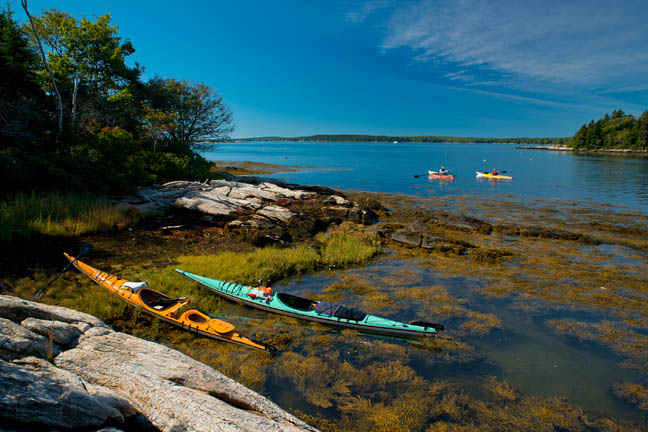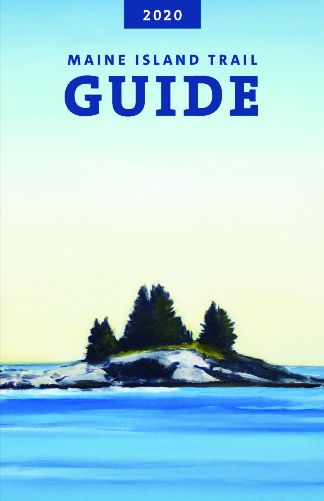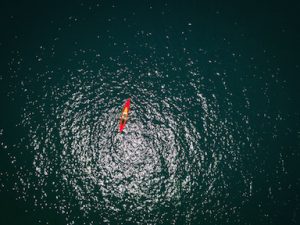
Photo courtesy of MITA
By Kelsey Bracewell
A month ago, most ACA members were thinking about the upcoming Spring paddling season. Now, as we all live through a major global health crisis, things are quite different. COVID-19 has dramatically impacted our lives; the extent of that impact seems to grow and change daily. Access to waterways and outdoor recreation sites has been restricted. Stay at home orders have been issued for many states. Businesses, including those in the outdoor industry, have been forced to restrict activities or close completely. Healthcare systems are being overwhelmed. Even in areas without confirmed COVID-19 patients, healthcare workers struggle to obtain personal protective equipment and to deal with interruptions in healthcare supply chains.
These impacts will undoubtedly continue to grow. While it’s easy to feel helpless, there are many things we can do to help this crisis.
First, pay attention to guidelines issued by your local health department and by healthcare programs and experts such as the U.S. Centers for Disease Control and the World Health Organization. These agencies provide expert, up-to-date guidance on the medical and public health aspects of the COVID-19 pandemic.
A key aspect of current information is that COVID-19 can be transmitted by subjects who have not developed symptoms. An infected person might not realize they’re infected and could unintentionally infect others. Social distancing guidelines – maintaining at least six feet (preferably more) between people, avoiding crowds of more than 10 people, and avoiding enclosed spaces (like cars during a shuttle situation) – are all intended to reduce the risk of disease transmission. Due to the fact that not everyone infected knows they’re infected, it’s important that everyone follow these guidelines.
Secondly, remember that when we paddle, we’re often visiting wilderness or rural areas with less healthcare resources than are found in more developed cities or regions. If you choose to visit these rural areas, remember to respect them. The last thing we as paddlers want to do is to overwhelm the healthcare systems in the areas we paddle. We might visit the hospital due to COVID-19 symptoms and concerns, but we also might have to go because of a paddling related injury. Both situations stress healthcare resources in remote areas. It is critical that we play our part in easing the strain on local emergency medical services, search & rescue teams, the U.S. Coast Guard and other response teams because their resources need to be focused elsewhere.
Instead of contributing to the problems and shortages the healthcare system is facing, we want to be seen as strong supporters of not only waterways but also the communities around them. The waterways will be there when this crisis ends. We need to be sure that we, as paddlers, have done what we can to be welcomed back the communities surrounding the waterways when the time is right.
Third, remember to follow your state and local stay at home orders, including closures of outdoor access points. These orders have been put in place in many states, counties and municipalities to help reduce the spread of COVID-19. Staying at home reduces the risk of transmission and infection, and helps ensure that local healthcare systems are not overwhelmed. It’s an easy way to stay healthy so you can paddle after the crisis ends.
Based on current information, the ACA has cancelled or postponed all ACA-sponsored events until at least May 15. We recommend that all paddling clubs cancel or postpone large scheduled events for a similar time frame, while recognizing that time frame may need to be extended. The logistics of paddling while following current orders and recommendations are tough. Paddlers need to travel to the water alone and meet their group while maintaining proper distance at all times. Paddlers should paddle well below their ‘highest ability’ level to reduce the risk of injury or need for rescue. They need to take all precautions, including dressing for immersion and always wearing a life jacket.
All paddlers need to recognize that if they are injured, the local health system may not be able to care for them, a rescue or injury response team will bring a dozen first responders into proximity of the patient – the person being rescued will be exposed to dozens of people who have a much greater likelihood of having prior exposure, or injured persons may be placed in the ER in the proximity of a patient with COVID-19. If the activities associated with paddling make it impossible to respect the orders and distancing guidelines concerning COVID-19, it’s smarter to stay home and stay healthy. Many paddlers are seeing the bigger picture and choosing to stay home.
We all want to paddle and we all want to stay healthy. In the current crisis, it may be hard to do both. Given the choice, stay healthy so you and your friends and loved ones can safely paddle after the COVID-19 crisis ends.



